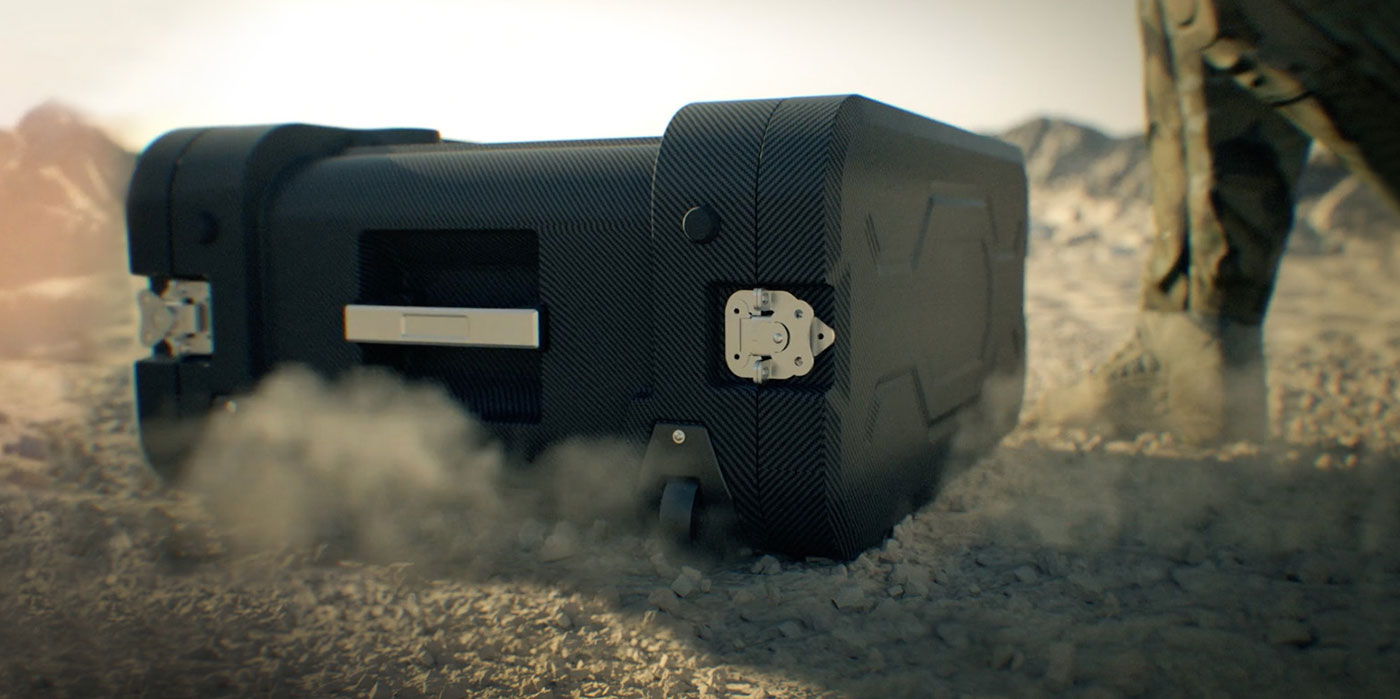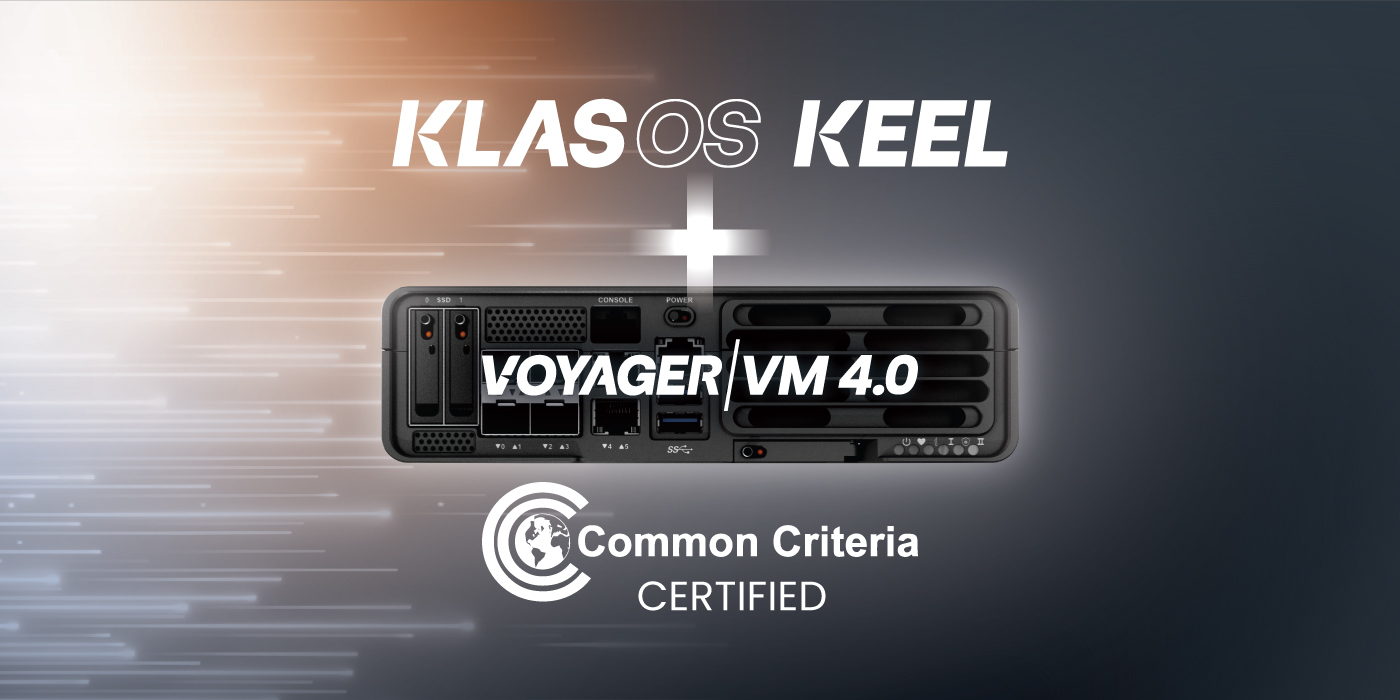“I start my analysis at the tactical edge and work backwards. And many of the things that they look at, you know, that’s at least briefed to me is, it works very well in a robust, safe, stable environment.”
Lt Gen. Dennis Crall ¹
Before we can talk about the future of the tactical edge, it’s worth reflecting on the meaning of the tactical edge. The definition encompasses the platform, place and personnel (e.g. military, coalition partners and first responders) who work in a highly charged environment with a critical dependence on Information Technology (IT) systems for mission success. The users of IT systems can be in highly stressed situations and need the confidence that their IT systems are operationally ready and connected in seconds.
Key Pillars of the Tactical Edge
The tactical edge comprises three key pillars: Platform, Place, and People. If any of the pillars are underperforming, the likely outcome for the mission is failure. The ability to sense and make sense of what is happening in each pillar is vital to any mission and relies on the ability to efficiently and effectively share information between systems and humans.
The importance of information sharing is highlighted in the Joint All-Domain Command and Control (JADC2) strategy² document. However, sharing brings its own layer of complexity, creating the need for resilient and secure connectivity. Furthermore, the JADC2 strategy emphasizes the need for connectivity to be resilient, especially in a degraded or contested spectrum. Low latency connectivity is critical when connecting every sensor with every effector.
The tactical edge platform of tomorrow incorporates compute, network, and connectivity devices, with the flexibility to connect over multiple network types and radio spectrums securely. This platform then connects the users from various coalition partners together. A further truism is a requirement for minimal latency regarding information sharing at a device and network level, guaranteeing the fastest time to execute a defining decision.
Rugged not Ruggedized
A critical insight from Lt. Gen Crall’s statement is that incumbent OEM/vendors of enterprise IT systems of compute, networking, and connectivity, are attempting to shoehorn their tech into a place they were never designed and built to go.
The simple fact is that the place of the Tactical Edge couldn’t be further away from the goldilocks environment of an enterprise, which is a fixed structure/location with stable power, climatically controlled conditions, and adequate ventilation, in which IT admins can quickly react to issues.
The place of the Tactical Edge is often in austere environments with wide-ranging temperatures. From an IT equipment perspective, getting to the remote site may be treacherous, with plenty of knocks and bangs along the road. Furthermore, on arrival at the remote site, there may be no stable power source.
The process of ruggedization i.e. wrapping enterprise IT systems in foam and adding springs to them to withstand shock and vibration, is not viable. Noting that shock and vibration are only two variables to consider and that ambient operation temperatures is yet another. The requirement is that the solution and each of its components is designed rugged to withstand whatever the Tactical Edge throws at it. Ultimately, it means reviewing the design and build process, from the electronics to the enclosure, to validate that it is purposely engineered for life at the Tactical Edge.
Power Struggles
When expeditionary forces arrive at the place of the Tactical Edge, more often than not, a stable power supply is not readily available. With incumbent IT systems, there is a need to pack, haul, unpack and cable cumbersome generators or power banks. Unfortunately, the additional equipment doubles or trebles the tactical edge deployment size.
Power struggles have a tangible impact on operational readiness. Any delay in turning up IT and communication systems severely impacts the ability to communicate situational information on arrival, which can be critical for early tactical decision-making and wins.
A proper tactical edge deployment consumes a minimum amount of power and can run on a trickle of voltage e.g. 12V DC. The modules need to support a battery pack that does not compromise the deployment flexibility, for example as part of a man-pack. Thus, ensuring operational readiness in seconds and the ability to establish forward operating locations in any environment.
TrueTactical™ is the future of the Tactical Edge
A key takeaway from the JADC2 is a call for innovation to improve the Joint Force networked command and control (C2). The very nature of C2, of interconnected capabilities, pushes the need for an open-system approach. Open systems enable and deliver innovation that can seamlessly plug into existing architectures. Like Lt Gen. Crall, we believe that every innovation deployed must start at the tactical edge. At Klas, we call this TrueTactical³.
TrueTactical sets the standard for extreme edge connectivity and is the benchmark for how IT systems should be developed, delivered, deployed and instantiated for the Tactical Edge. TrueTactical goes beyond the basics of checkbox exercises of being MIL-STD 810 and low-SWAP compliant. It’s our way of ensuring we deliver unrivalled open, modular and rugged technology to the warfighter at the extreme tactical edge.
For example, the Voyager⁴ modules of computing, network, and connectivity are rugged, portable, easily transportable, and battery-backed. All which are foundational elements as to what makes a deployment TrueTactical. Further aspects of TrueTactical incorporate a software-defined environment to enable operational readiness with secure connectivity over multiple network and radio types.
KlasOS⁵ underpins all Voyager modules, providing the software-defined operating system capabilities out of the box. The result is that Voyager is the only open platform available today that aligns with JADC2’s vision for the Tactical Edge.
Ultimately, TrueTactical is the future of the Tactical Edge, as it defines the platform requirements upon which innovation is achievable for JADC2. Furthermore, it meets the needs of today’s connected battlefield while being open and modular for the future needs of the Tactical Edge.
To learn more about TrueTactical
Please visit – https://www.klasgroup.com/government/truetactical/
Resources






